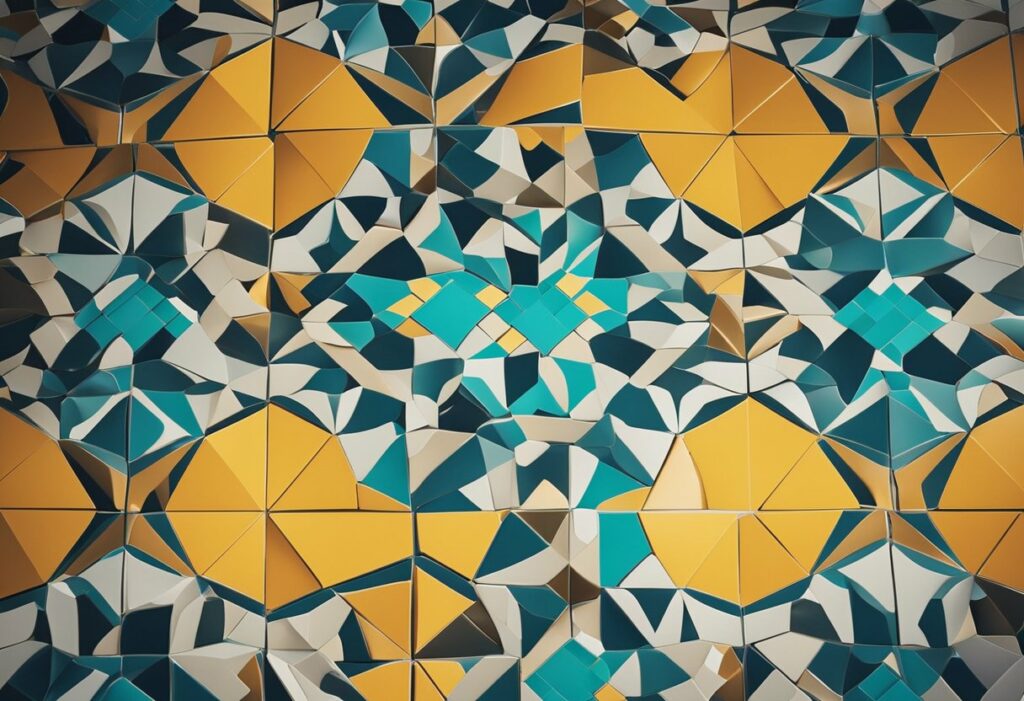Tiles in Interior Design: The Ultimate Guide to Elevate Your Home Decor
Tiles are a versatile and practical material that can be used in a variety of ways to enhance the look and feel of your home’s interior. Tiles can be used as flooring, wall coverings, and even as decorative accents. They come in a wide range of materials, finishes, and colours, making them a popular choice for interior designers and homeowners alike.
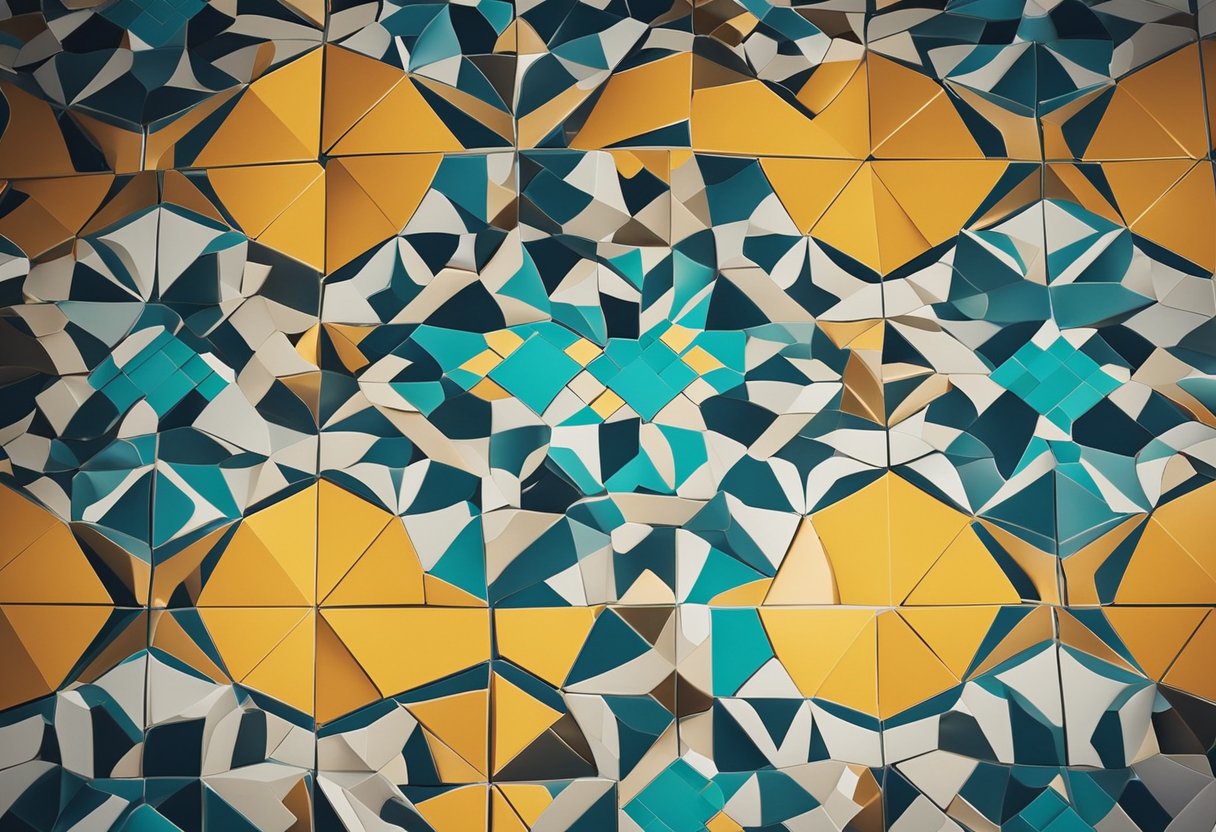
When planning your interior design, tiles should definitely be on your list of options. They are durable, easy to maintain, and can add a touch of sophistication and elegance to any room. Whether you’re looking to create a traditional or modern look, tiles can be used to achieve the desired effect.
In this article, we will explore the different types of tiles available, how to use them in different spaces, and answer some frequently asked questions about using tiles in interior design. By the end of this article, you will have a better understanding of how to incorporate tiles into your interior design to create a beautiful and functional space.
Key Takeaways
- Tiles are a versatile and practical material that can be used in a variety of ways to enhance the look and feel of your home’s interior.
- There are different types of tiles available, and they can be used to create a traditional or modern look.
- Tiles are durable, easy to maintain, and can add a touch of sophistication and elegance to any room.
Exploring Tile Materials and Finishes
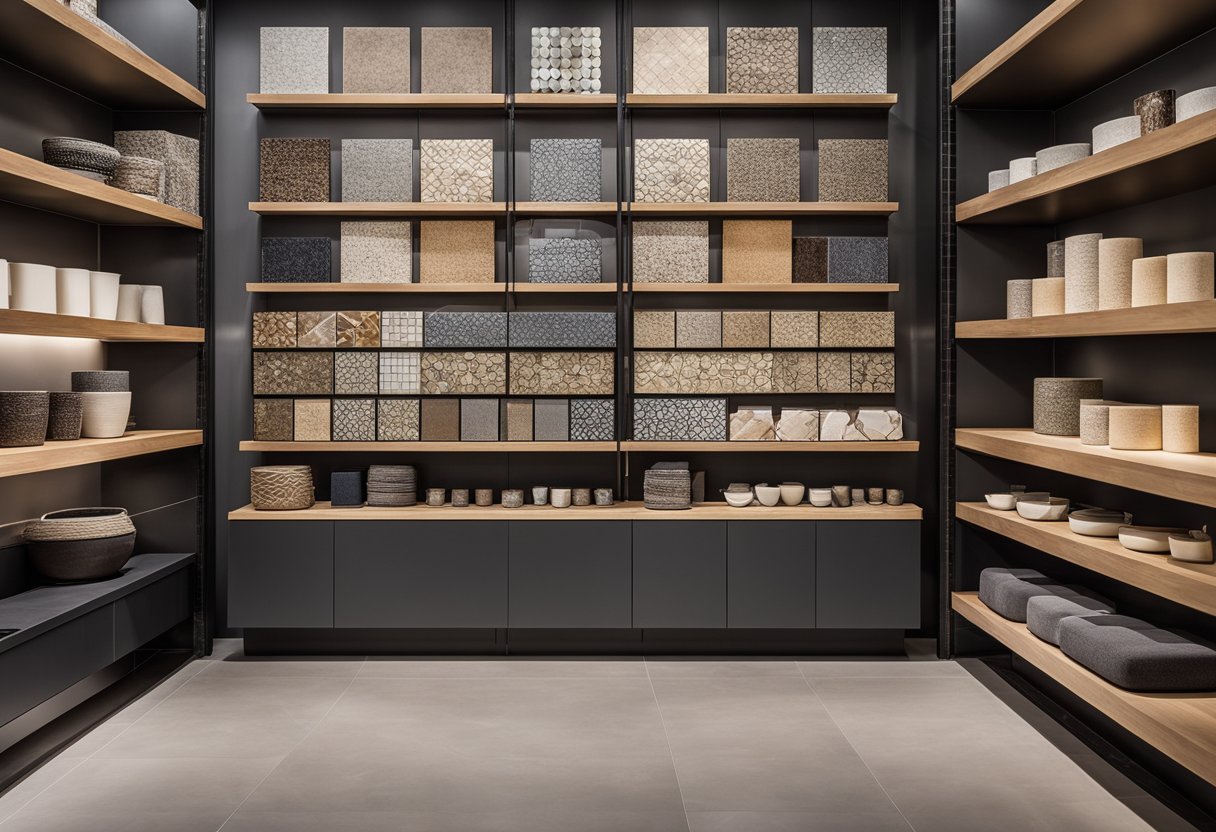
Tiles are a versatile and durable option for interior design. They come in a wide range of materials, finishes, shapes, and sizes, making them a popular choice for homeowners and designers alike. In this section, we’ll explore some of the most popular tile materials and finishes, and their unique characteristics.
Porcelain Versus Ceramic: A Comparative Glance
Porcelain and ceramic tiles are two of the most popular tile materials. Porcelain tiles are made from a dense clay that is fired at high temperatures, making them highly durable, scratch-resistant, and water-resistant. They are also less porous than ceramic tiles, which means they absorb less water and are less prone to stains. Porcelain tiles are available in a wide range of sizes and finishes, including glazed and unglazed.
Ceramic tiles, on the other hand, are made from a mixture of clay and other materials, and are fired at lower temperatures than porcelain tiles. They are less dense than porcelain tiles, making them more prone to chipping and cracking. However, ceramic tiles are available in a wider range of colours and patterns than porcelain tiles, and are generally more affordable.
Natural Stone Elegance
Natural stone tiles, such as marble, granite, slate, and travertine, are a popular choice for homeowners who want to add a touch of elegance to their interiors. Natural stone tiles are available in a wide range of colours, patterns, and textures, and can be used to create a variety of looks, from rustic to modern.
One of the benefits of natural stone tiles is that they reflect light, which can make a room feel brighter and more spacious. However, natural stone tiles are more porous than porcelain or ceramic tiles, which means they require more maintenance to keep them looking their best.
Innovative Textures and Sizes
In addition to traditional tile shapes and sizes, such as square and rectangular tiles, there are also a range of innovative textures and sizes available. Large format tiles, for example, can create a seamless look in a room, while mosaic tiles can be used to create intricate patterns and designs.
Herringbone and hexagon tile patterns are also popular choices for adding visual interest to a room. When choosing tile sizes and textures, it’s important to consider the overall look and feel of the space, as well as the practicalities of maintenance and durability.
In conclusion, tiles are a versatile and durable option for interior design, with a wide range of materials, finishes, shapes, and sizes to choose from. Whether you opt for porcelain or ceramic tiles, natural stone tiles, or innovative textures and sizes, there is a tile option to suit every style and budget.
Designing With Tiles in Different Spaces
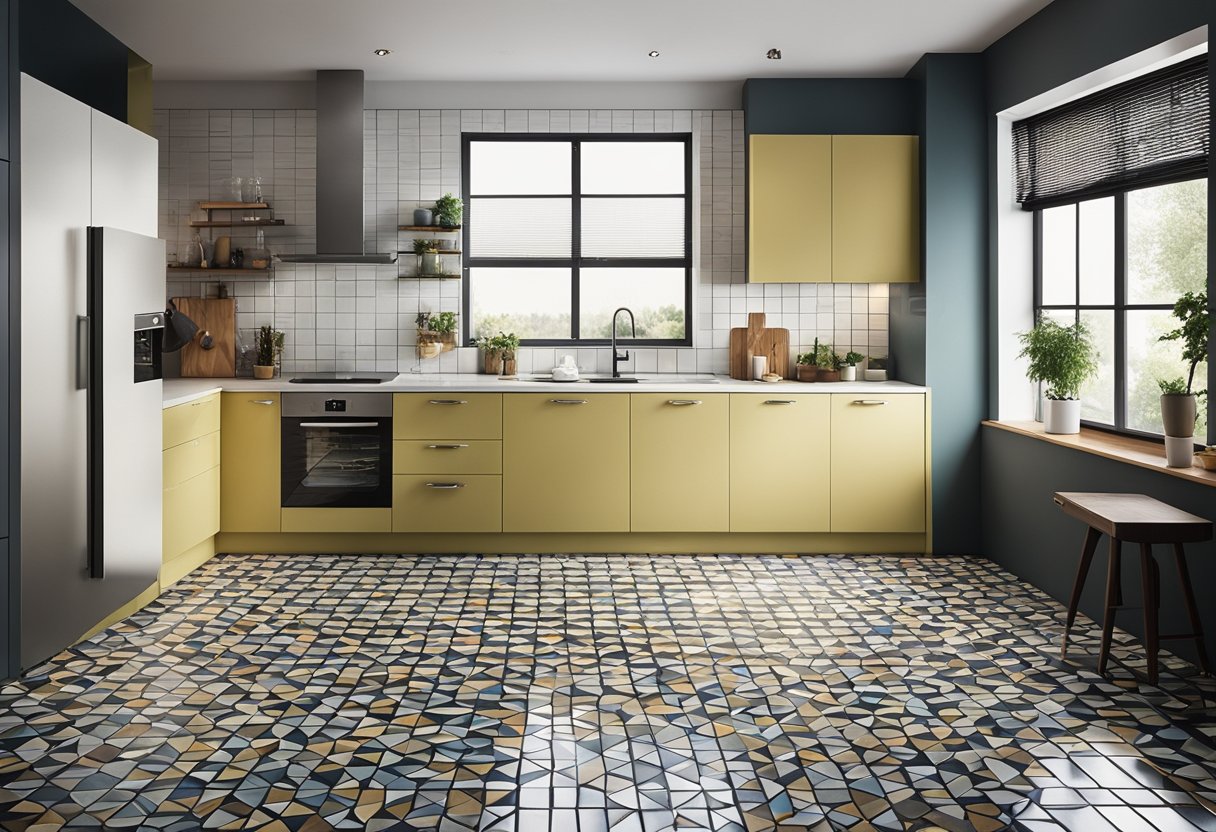
Tiles are a versatile and stylish element in interior design. They can add a touch of elegance, rustic charm, or modern sophistication to any space. Here are some ideas for designing with tiles in different spaces.
Chic Kitchen Backsplashes
Kitchen backsplashes are a great way to add a statement to your kitchen. Tiles come in a variety of sizes, shapes, colours, and patterns that can complement any kitchen design. Subway tiles are a timeless option that can add a classic touch to your kitchen. If you want to add a modern look, consider using patterned tiles or a herringbone pattern. Black-and-white floor tiles or checkerboard flooring can add a bold statement to your kitchen.
Bathroom Statements
Tiles can make a statement in your bathroom. Patterned tiles are a trending tile design that can add a touch of elegance to your bathroom. Mosaic tiles are another option that can add a unique touch to your bathroom. If you want to add a statement to your shower, consider using large format tiles or a tile pattern. Neutral colours like honey and earthy tones are a great option for a timeless look.
Living Room Flooring Trends
Tiles can be used for living room flooring trends. Large format tiles are a modern design that can add sophistication to your living room. Terracotta tiles are a rustic option that can add warmth to your living room. Parquet flooring is a classic option that can add elegance to your living room. Grid pattern tiles are another option that can add a unique touch to your living room.
When choosing tiles for different spaces, consider the location, size, and shape of the space. For high-traffic areas, choose tiles that are durable and easy to clean. Consider your budget when choosing tiles as some types of tiles can be more expensive than others. Livspace designers can help you choose the perfect tiles for your space.
The printing technology used for wall and floor tiles has improved greatly in recent years, allowing for more intricate and detailed designs. Grout lines can also add a unique touch to your tiles. When choosing tiles for your kitchen, consider the appliances and countertops you have as well as the paint colour on your walls.
Tiles can add a statement to any space, whether you choose a rustic or modern design. With so many tile layout patterns and types of tiles available, the possibilities are endless.
Frequently Asked Questions
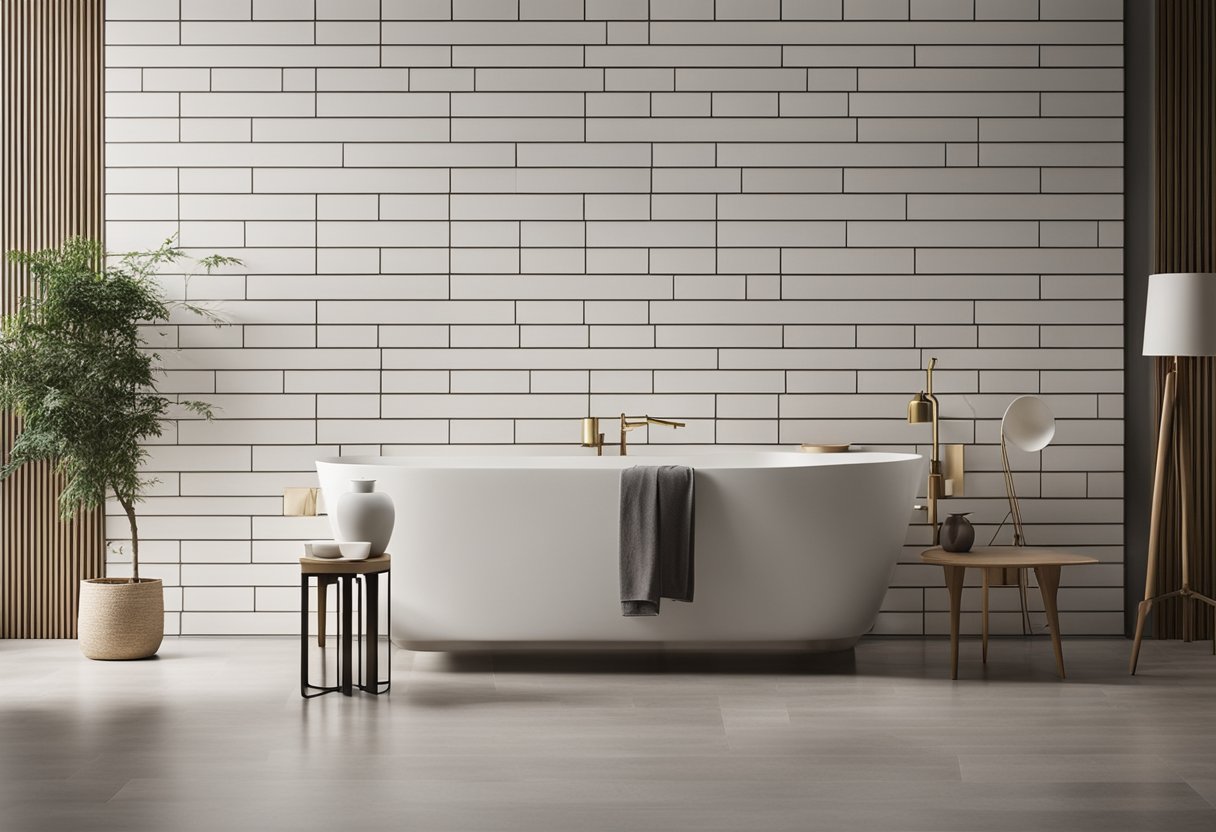
How can you creatively incorporate tiles into a living room setting?
Tiles can be used to add texture, colour, and pattern to a living room. One way to incorporate tiles into a living room is by creating a feature wall. This can be done by using tiles in a bold colour or pattern to create a focal point in the room. You can also use tiles to create a unique coffee table or side table by placing tiles on top of a wooden base. Another way to incorporate tiles is by using them as a border or trim around a fireplace or a window. This can add a touch of elegance and sophistication to your living room.
What are the latest trends in using ceramic tiles for home interiors?
Ceramic tiles are a popular choice for home interiors due to their durability and versatility. The latest trend in ceramic tiles is the use of large format tiles. These tiles are available in a range of sizes, from 30 x 60 cm to 120 x 240 cm, and can be used to create a seamless look in a room. Another trend is the use of textured ceramic tiles, which can add depth and dimension to a design. Metallic finishes, such as copper and brass, are also popular in ceramic tiles, adding a touch of glamour to a space.
In what ways do tiles contribute to the overall aesthetic of a design?
Tiles can contribute to the overall aesthetic of a design in many ways. They can be used to add texture, colour, and pattern to a space. They can also be used to create a sense of continuity and flow between different areas of a room. Tiles can add a touch of elegance and sophistication to a design, or they can be used to create a fun and playful atmosphere. The choice of tile can also reflect the personality and style of the homeowner.
What are the most durable types of tiles for high-traffic areas in a home?
For high-traffic areas in a home, it is important to choose durable tiles that can withstand wear and tear. Porcelain tiles are a popular choice for high-traffic areas as they are extremely durable and resistant to scratches and stains. Natural stone tiles, such as granite and marble, are also durable and add a touch of luxury to a space. Ceramic tiles are another option, but they are not as durable as porcelain or natural stone tiles.
How do you choose the perfect tile colour and texture to complement your interior theme?
When choosing the perfect tile colour and texture, it is important to consider the overall colour scheme and style of your interior theme. Neutral colours, such as beige and grey, are versatile and can complement a range of interior themes. Bold colours, such as red and blue, can add a pop of colour to a space and create a statement. The texture of the tile can also play a role in complementing your interior theme. Smooth, glossy tiles can create a modern and sleek look, while textured tiles can add warmth and depth to a space.
What innovative techniques are there for laying tiles to create unique patterns?
There are many innovative techniques for laying tiles to create unique patterns. One technique is to use a mix of different tile sizes to create a random pattern. Another technique is to use tiles of different shapes, such as hexagons or triangles, to create a geometric pattern. You can also create a herringbone pattern by laying tiles at a 45-degree angle. For a more intricate pattern, you can use mosaic tiles to create a design or image. The possibilities are endless, and the only limit is your imagination!

